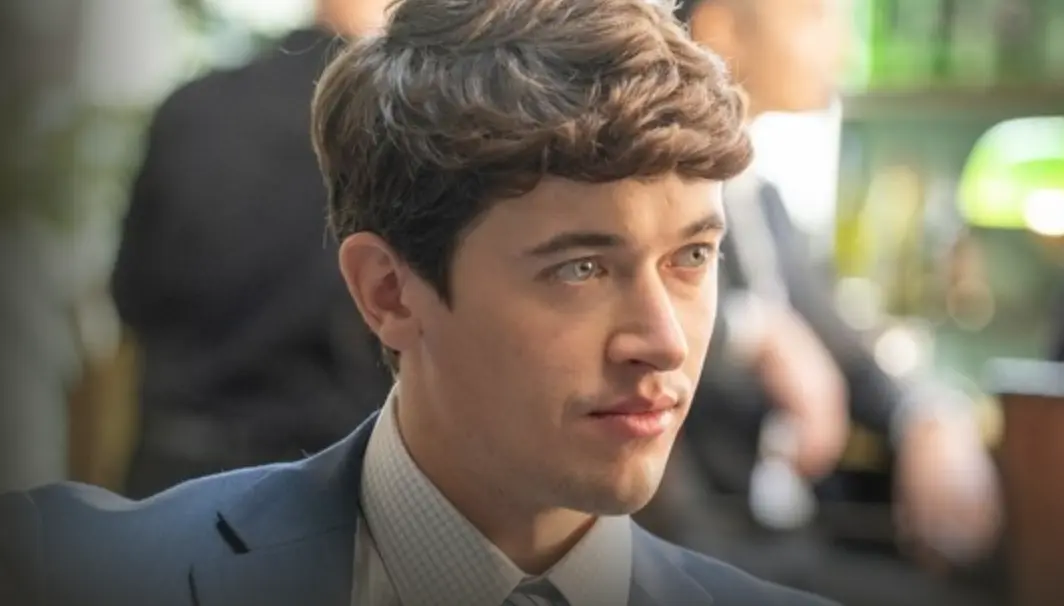PG-13 | | Action, Adventure, Fantasy | 4 November 2016 (USA)
A man gets sick. Medicine can’t cure him. So he goes searching in the East. He finds a spiritual teacher (or guru, sensei, lama, shifu, rebbe) and learns to cure himself through ancient practices.
This is typically how a path to spiritual enlightenment starts. And this is precisely the path depicted in “Doctor Strange,” the first Marvel movie to finally start telling the reality-based version of where Marvel comic book superpowers come from.
Scratch all that pseudo-science involving radioactive mishaps that begat Hulk, the Webslinger, and a whole mess of superheroes. That silliness got started during the Cold War when Americans were still planning on hiding under desks to (very effectively!) counter the coming A-bomb mushroom cloud.
But hard science has been taking the study of human supernormal abilities very seriously for a while now—like telekinesis, levitation, clairvoyance, precognition, and so on.
When I saw the strange strangeness Dr. Strange was up to in the very captivating “Doctor Strange,” I thought, “Aha! Now you’re talkin'!”
And So It Begins





